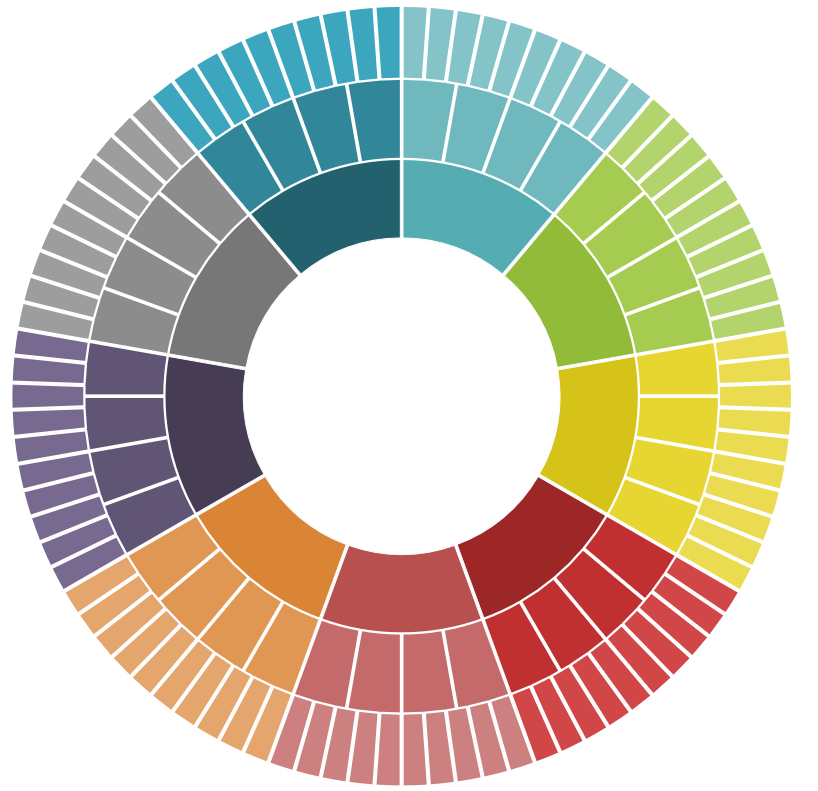Volltextsuche nutzen
- versandkostenfrei ab € 30,–
- 11x in Wien, NÖ und Salzburg
- 6 Mio. Bücher
- facultas
- Detailansicht


Size Matters - Understanding Monumentality Across Ancient Civilizations


E-Book (PDF)
0,00€
inkl. gesetzl. MwSt.
EPDF sofort downloaden
Downloads sind nur in Österreich möglich!
Leitfaden zu E-Books
Downloads sind nur in Österreich möglich!
Leitfaden zu E-Books
In den Warenkorb
Click & Collect
Artikel online bestellen und in der Filiale abholen.
Derzeit in keiner facultas Filiale lagernd. Jetzt online bestellen!Artikel online bestellen und in der Filiale abholen.
Artikel in den Warenkorb legen, zur Kassa gehen und Wunschfiliale auswählen. Lieferung abholen und bequem vor Ort bezahlen.
Auf die Merkliste
Veröffentlicht 2019, von Federico Buccellati, Sebastian Hageneuer, Sylva van der Heyden, Felix Levenson bei transcript Verlag, Cluster of Excellence 264 TOPOI
ISBN: 978-3-8394-4538-9
Auflage: 1. Auflage
Reihe: Histoire
350 Seiten
Dispersionsbindung, 66 SW-Abbildungen, 14 Farbabbildungen
22,5 cm x 14,8 cm
When talking about monuments, size undeniably matters - or does it?
But how else can we measure monumentality?
Bringing together researchers from various fields such as archaeology, museology, history, sociology, Mesoamerican studies, and art history, this book discusses terminological and methodological approaches in both theoretical contributions and various case studies. While focusing on ...
But how else can we measure monumentality?
Bringing together researchers from various fields such as archaeology, museology, history, sociology, Mesoamerican studies, and art history, this book discusses terminological and methodological approaches in both theoretical contributions and various case studies. While focusing on ...
Beschreibung
When talking about monuments, size undeniably matters - or does it?
But how else can we measure monumentality?
Bringing together researchers from various fields such as archaeology, museology, history, sociology, Mesoamerican studies, and art history, this book discusses terminological and methodological approaches in both theoretical contributions and various case studies. While focusing on architectural aspects, this volume also discusses the social meaning of monuments, the role of forced and free labour, as well as textual monumentality. The result is a modern interdisciplinary take on an important concept which is notoriously difficult to define.
When talking about monuments, size undeniably matters - or does it?
But how else can we measure monumentality?
Bringing together researchers from various fields such as archaeology, museology, history, sociology, Mesoamerican studies, and art history, this book discusses terminological and methodological approaches in both theoretical contributions and various case studies. While focusing on architectural aspects, this volume also discusses the social meaning of monuments, the role of forced and free labour, as well as textual monumentality. The result is a modern interdisciplinary take on an important concept which is notoriously difficult to define.
